A mom on TikTok has a video making rounds on the Internet regarding a playground incident which defines the difference between kindness and niceness. She says that her daughter was playing with a little boy who pushed her to the ground. Upon standing and brushing herself off, she told the boy that he shouldn’t do that and to apologize to her. He pushed her down again.
In her mom’s perspective, it would have been “nice” if the little girl just stood up and ignored him, going to play elsewhere. Instead, the little girl pushed him to the ground. Why? Because kind people know when to stand their ground, according to the mother.
@remismama222 #RaisingKindKids #PositiveParenting #GentleParenting #AssertiveKids #EmpoweredChildren #ParentingTips #MindfulParenting #TeachingEmpathy #ParentingGoals #RaisingConfidentKids
Many understandably confuse the two traits as one and the same, but kindness and niceness are very much different. In this particular scenario, it would have been nice for the little girl to just smile and ignore the infraction the little boy did. It would have been nice for her to continue to ask for an apology again and again, if for no other reason than to avoid conflict. However, in standing up for herself, she chose to be kind to herself. It was also kind of her to not escalate the conflict into a full-fledged fight rather than just equally retaliating to the boy’s shove. It was also kind of her to teach the boy how it feels to be pushed back, too.
But being kind versus being nice is beyond enforcing personal boundaries. The two terms “nice” and “kind” are intertwined and mistakenly viewed with one another to the point that even Thesaurus.com felt the need to write an article to differentiate the two. There is understandable crossover.
But the difference between the two can be summed up. Niceness is typically defined as a person’s demeanor and is typically used to achieve some benefit. Kindness is an action that is typically at a person’s inconvenience, large or small. Niceness is being polite, pleasing, and friendly. Kindness is being thoughtful, charitable, and helpful but doesn’t necessarily take demeanor into account. The reason why the two terms are so closely linked is because there are many people who are nice that happen to also be kind and kind people who are seen as nice, too. To put it into an extreme scenario: Niceness is saluting a soldier, kindness is taking a bullet for one.
Being nice isn’t as valued as being kind by comparison. Typically, being nice is seen as a means to elicit a positive reaction or receive a benefit from others. If you compliment how a person is dressed or wave at them in the street, the intention is to get the person to like you. Where it gets construed with kindness is that there are some kind gestures such as getting an acquaintance a gift for their birthday, but the reasoning behind giving them the gift is to become better friends with them. The act itself might be seen as kind, but it’s just nice because its intentions were purely self-serving. Again, niceness is people-pleasing.
@notbaddan Nice Vs. Kind #lol #funny #advice #psychology #kindness #notbaddan
While niceness isn’t necessarily a bad trait, it’s not as valued as kindness by comparison since nice behavior can be used for personal benefit and achieve selfish ends. Kindness is helping out a person regardless of their relationship with them, usually at a personal cost. That cost could be time, money, knowledge, physical effort, and many other things. They don’t expect a return on any investment on their part. Many people in the business world look for kindness as a trait for leaders since they’ll get the best from their team by being confident without being tyrannical. Kind leaders are less concerned about personal perception compared to achieving fruitful results, and tend to be helpful in lieu of just high-fiving someone when troubles brew.
When it comes to raising children, it is considered best to teach kindness first. Being nice is not pushing other kids down on the playground, but being kind is knowing when to push back and when to help a pushed kid back up from the ground.
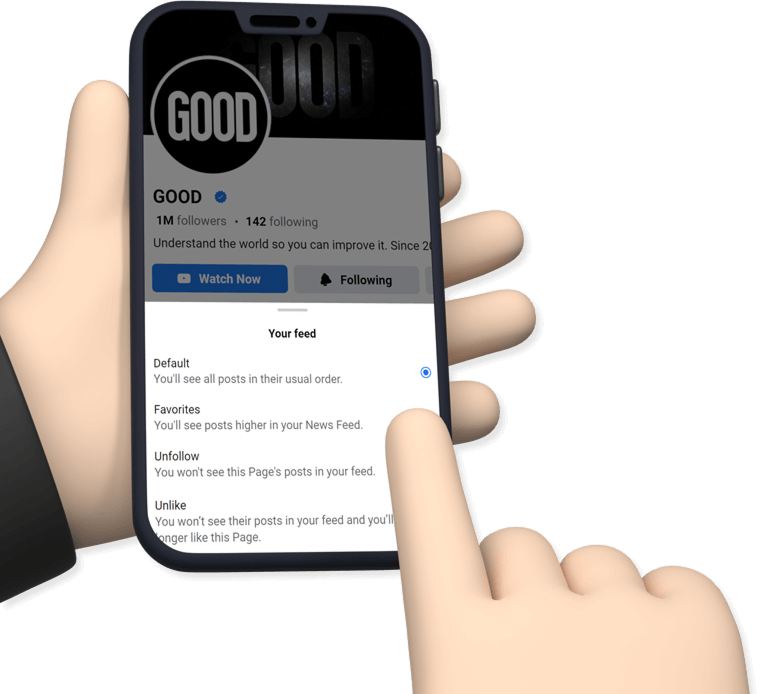






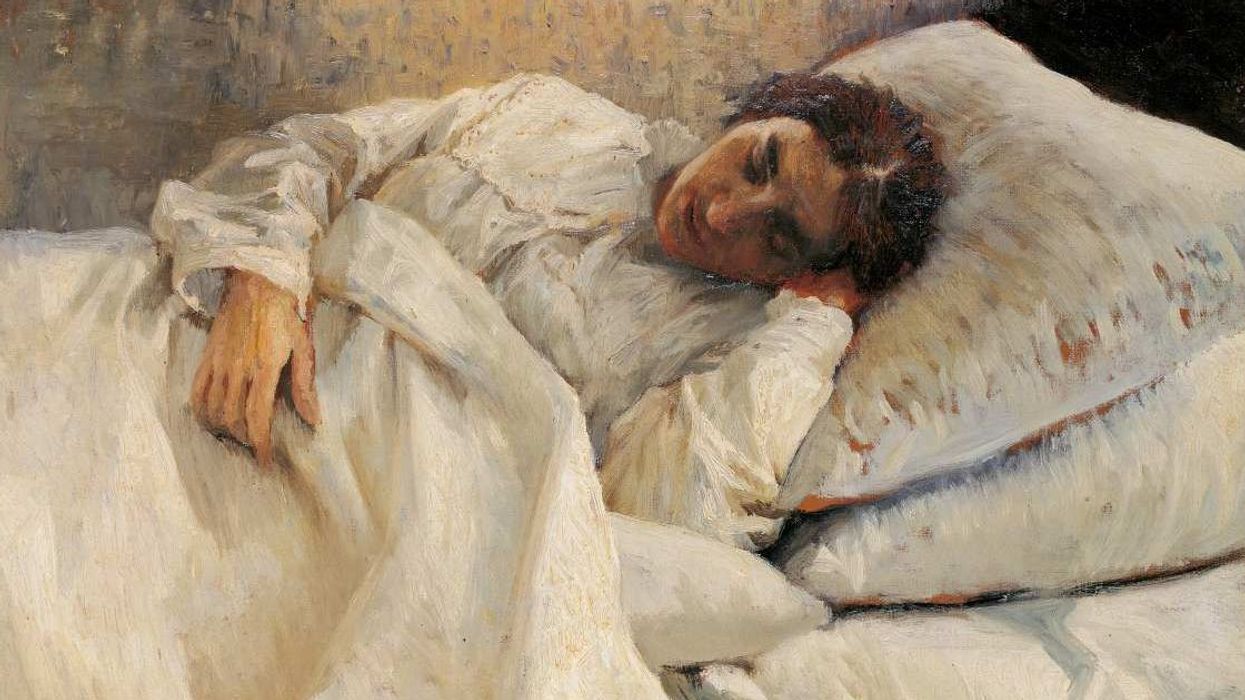


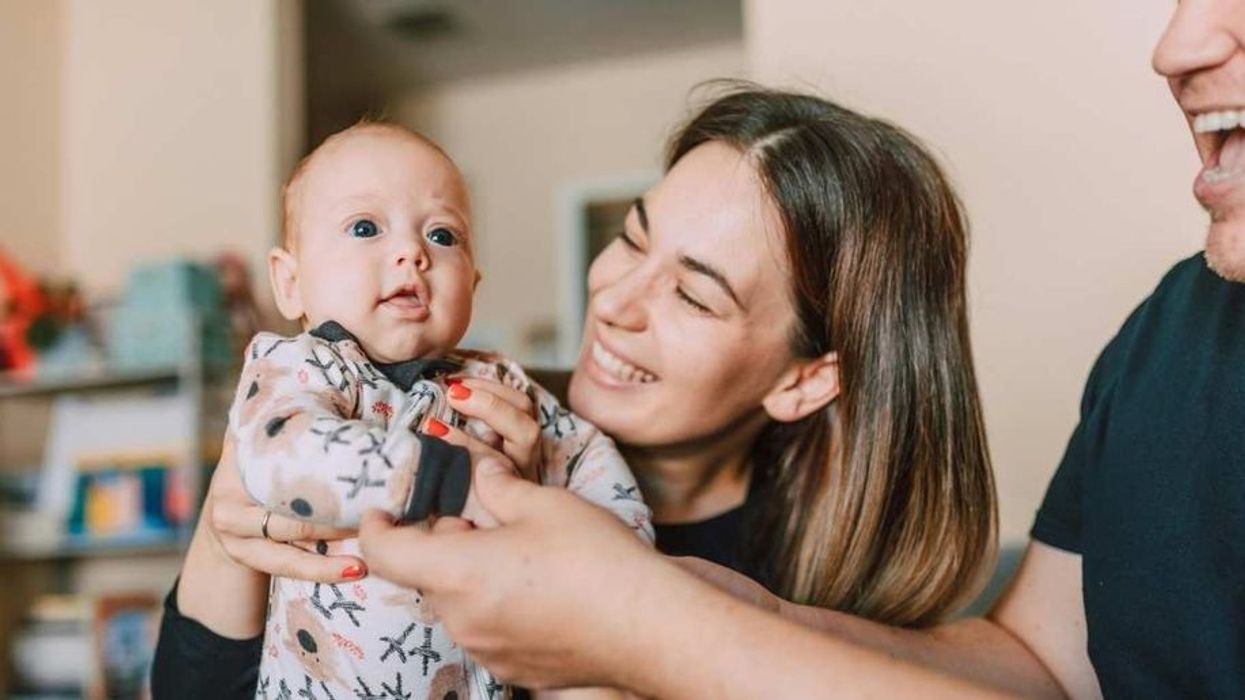
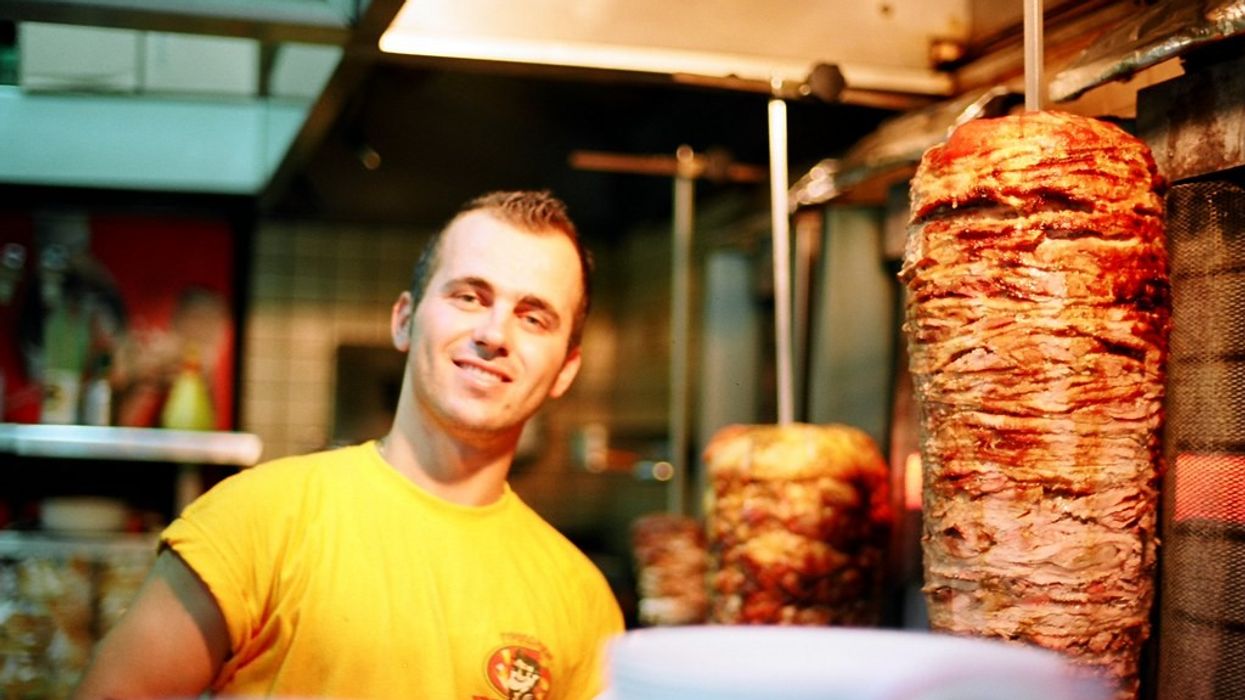

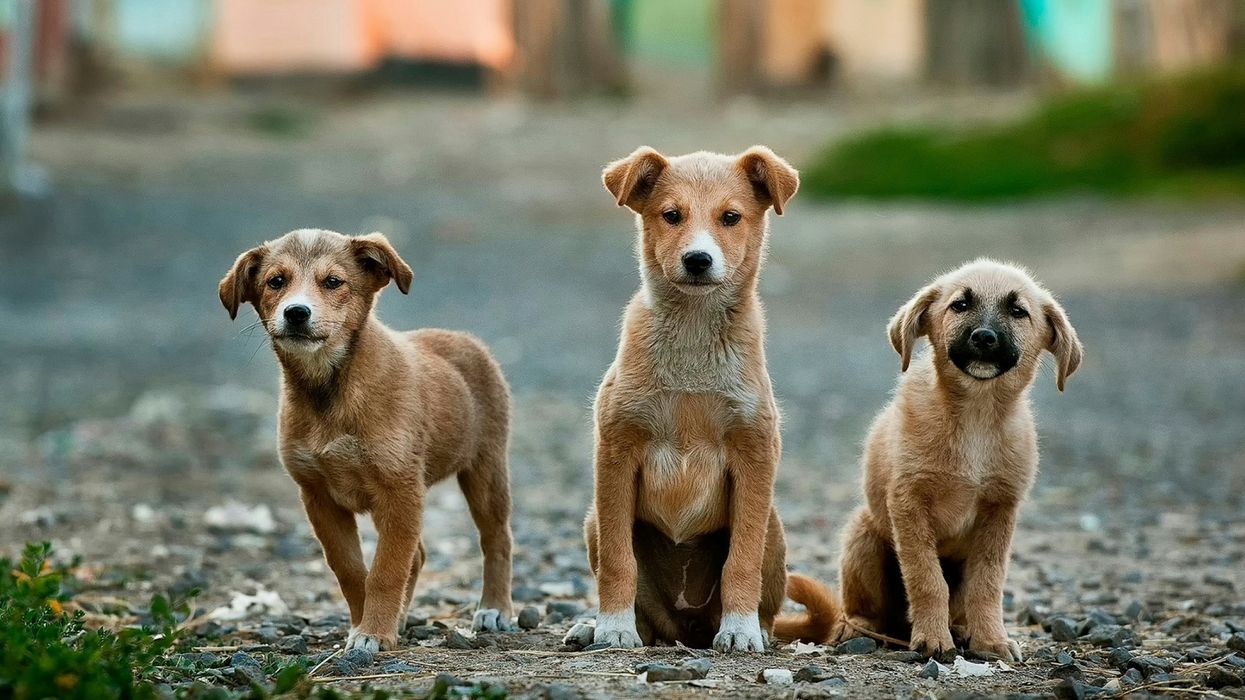



 2014 Toyota Corolla LED Headlight
2014 Toyota Corolla LED Headlight
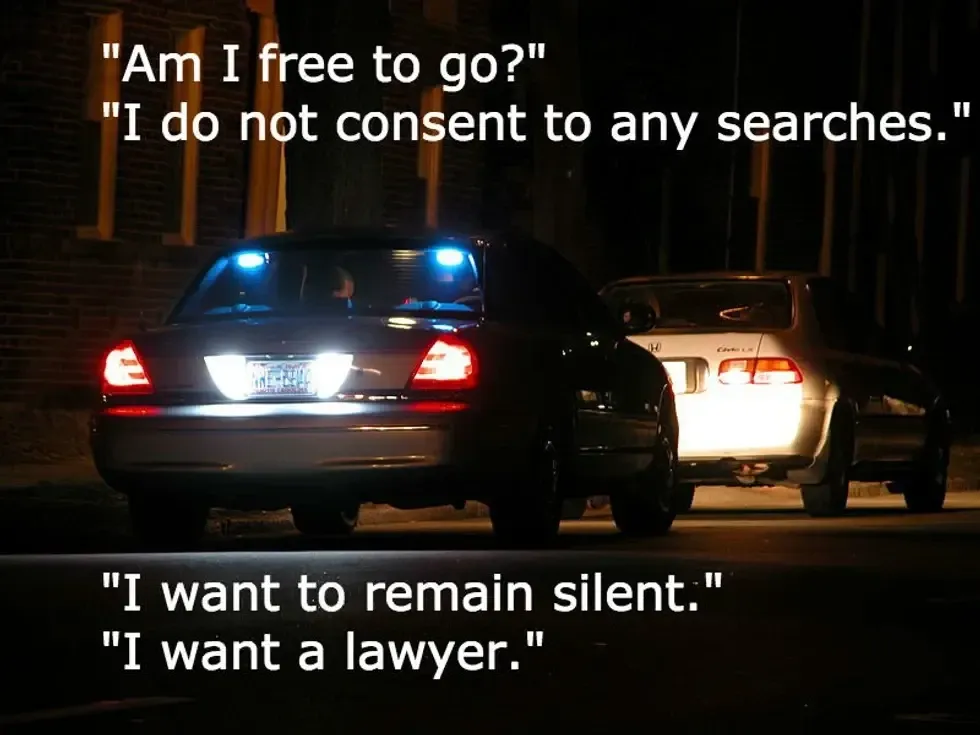 Image by Ildar Sajdejev via GNU Free License | Know your rights.
Image by Ildar Sajdejev via GNU Free License | Know your rights.
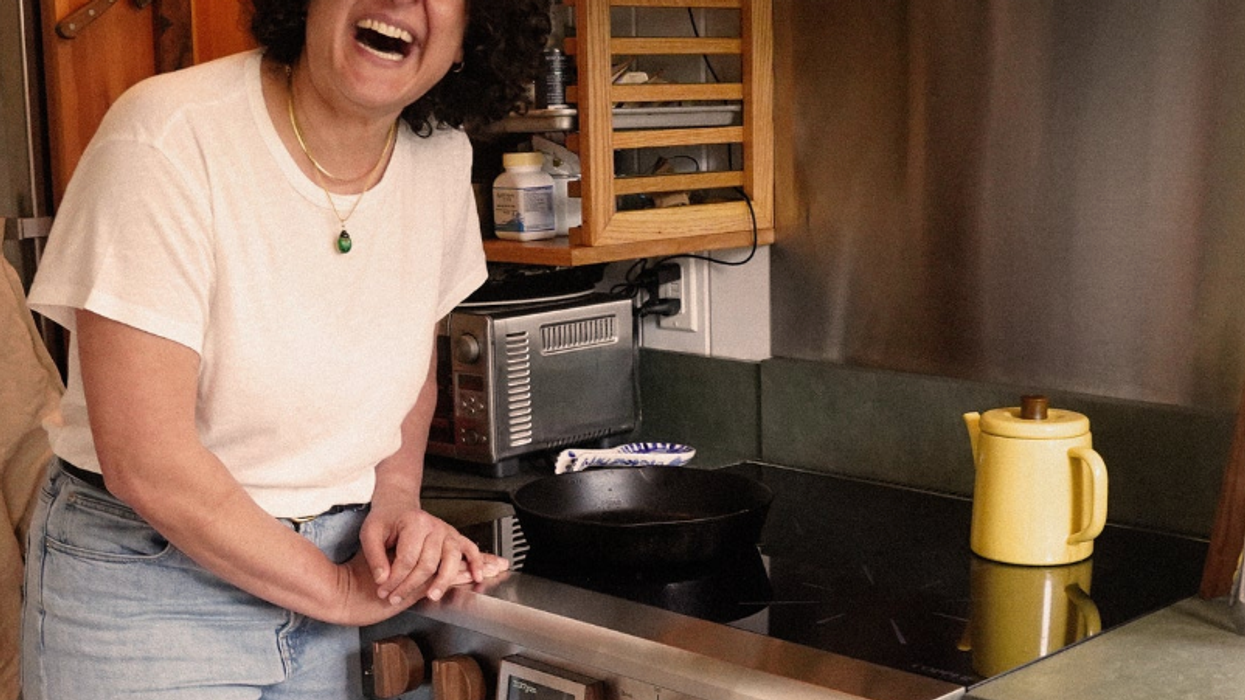

 Bill Gates Swag GIF
Bill Gates Swag GIF File:Bill Gates mugshot.png - Wikipedia
File:Bill Gates mugshot.png - Wikipedia
 Representative Image Source: Pexels| Enzo Varsi
Representative Image Source: Pexels| Enzo Varsi Representative Image Source: Pexels| Markus Spiske
Representative Image Source: Pexels| Markus Spiske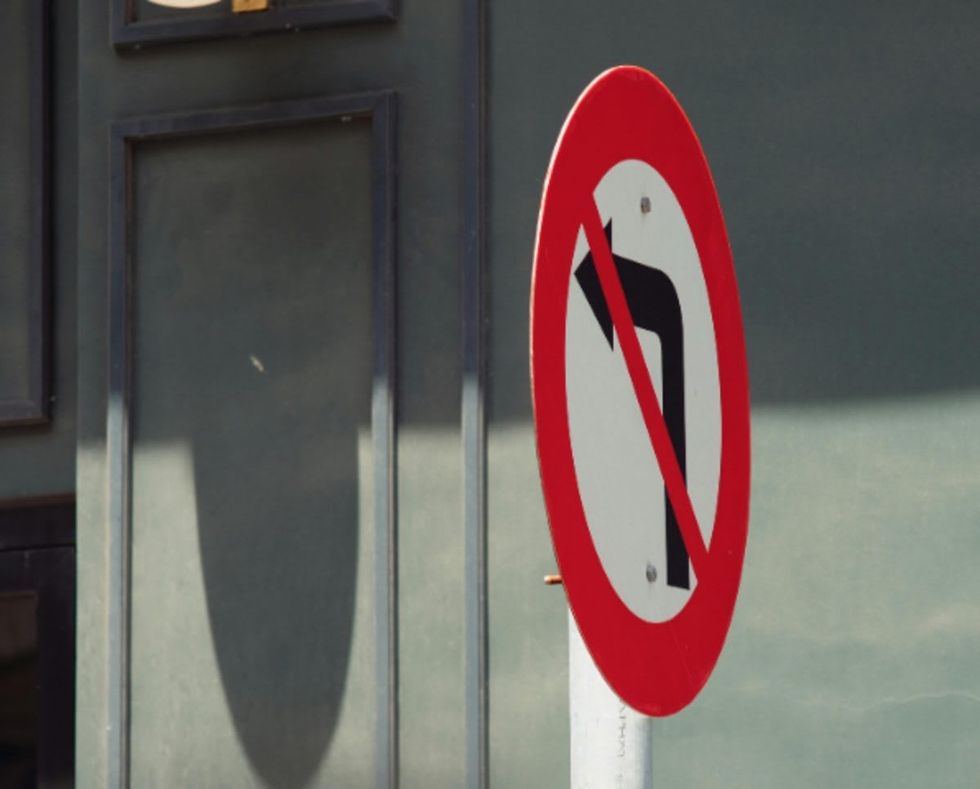 Representative Image Source: Pexels| Nguyen Huy
Representative Image Source: Pexels| Nguyen Huy Representative Image Source: Pexels| Ana Benet
Representative Image Source: Pexels| Ana Benet
 Representative Image Source: Pexels | Anastasia Shuraeva
Representative Image Source: Pexels | Anastasia Shuraeva Representative Image Source: Pexels | Liza Summer
Representative Image Source: Pexels | Liza Summer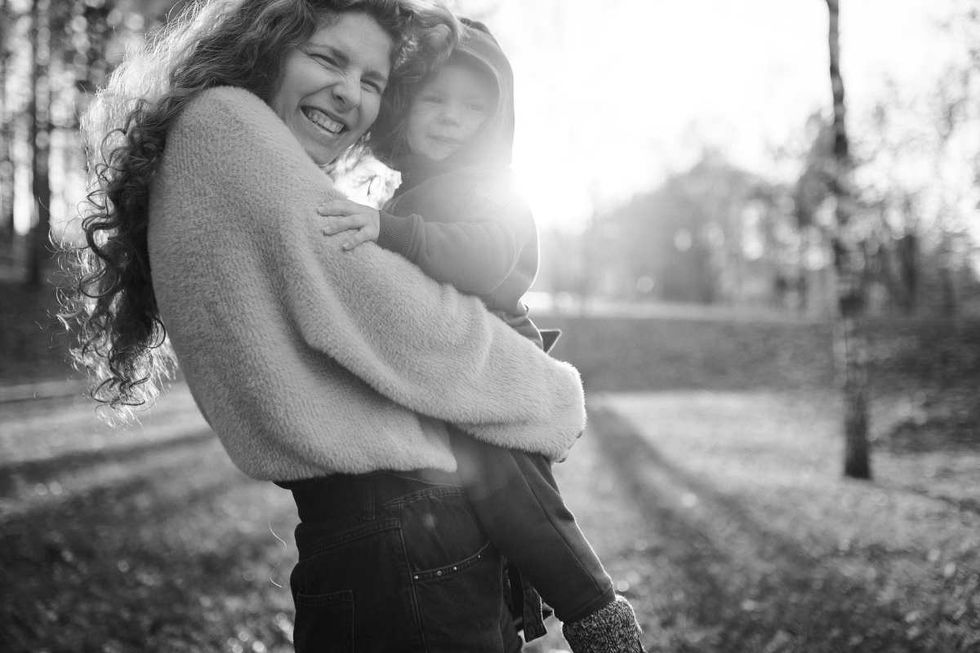 Representative Image Source: Pexels | Yankrukov
Representative Image Source: Pexels | Yankrukov Representative Image Source: Pexels | Shkrabaanthony
Representative Image Source: Pexels | Shkrabaanthony Image Source: TikTok |
Image Source: TikTok |  Image Source: TikTok |
Image Source: TikTok |